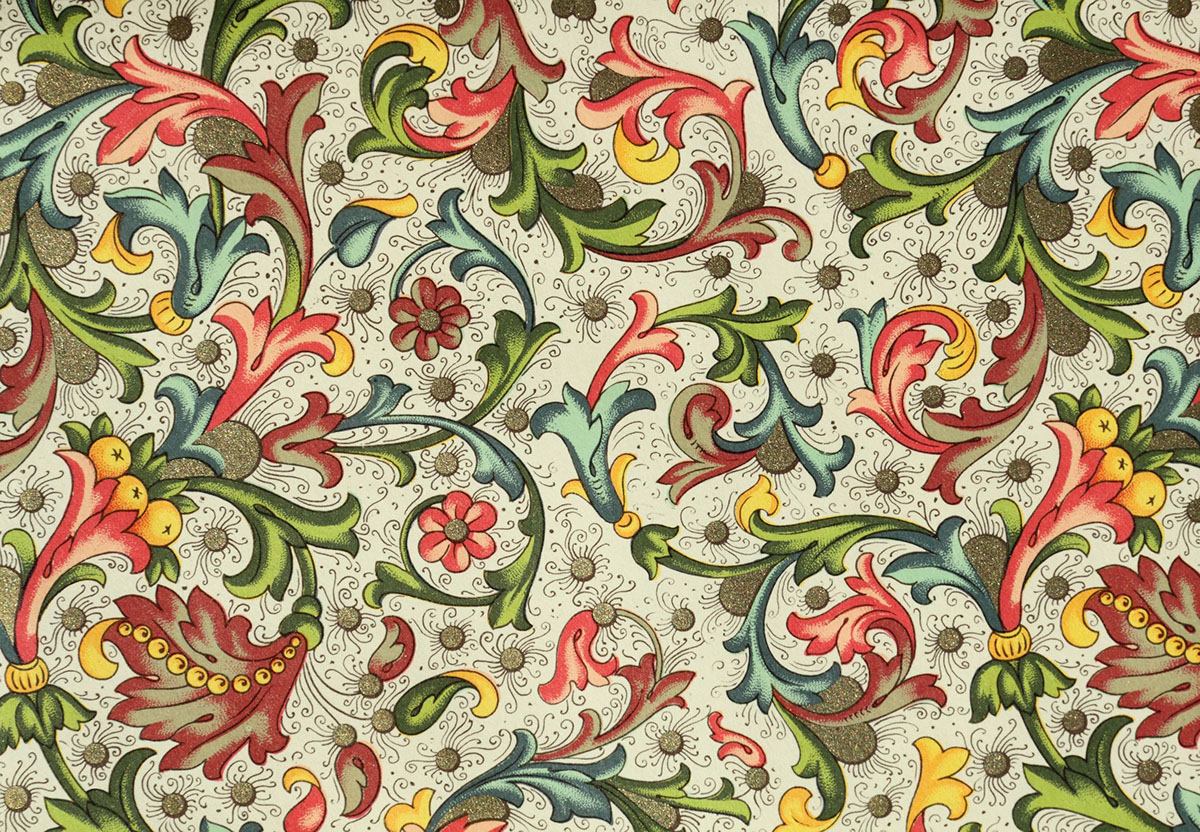Dim sums began on the Ancient Silk Route and at DIMCHA they will be on your plate in front of you, in a few minutes. These handmade delicacies have for hundreds of years been a favorite for farmers and wary travelers and anyone who enjoyed a wholesome and tasty food.
First made popular in local tea houses, Dim sums are no longer just the favorite of laborers and travelers, but for anyone who loves a quick bite or a selection of healthy and tasty food to enjoy over tea. Great for any occasion, Dim sums are perfect for eating while catching up with friends, or taking the family out for dinner. Steeped in Chinese Tradition and not MSG, indulge in your soon-to-be new favorite any day of the week.
The identity of DIMCHA reflect oriental, traditional yet contemporary and up market attributes.

The unique culinary art of Dim sum (Cantonese) or Dian Xin (Mandarin) meaning “A little bit of heart”, originated in China hundreds of years ago. It is said to have started along the Silk Road where farmers, laborers and travelers often stopped at roadside tea houses to have afternoon tea, regain sustenance and relax. An olden days version of the local neighborhood bar. In the third century AD, Hua To, a highly respected Imperial physician, advised that eating food while drinking tea would cause excessive weight gain. But the Cantonese in southern China disregarded that advice and turned the quiet and unexciting tea house into a loud and lively eating experience, which is also how the term “Yum Cha” (to drink tea) became synonymous with consuming Dim Sum. Since the 10th century, about 2000 different varieties of Dim Sum have been created, with up to 100 kinds offered on any given day in the larger restaurants.
Dim sum is a varied range of small dishes (a concept similar to tapas) eaten for breakfast, brunch or afternoon tea, as part of the yum cha dining experience. Dishes are usually steamed or fried and may be savory or sweet. They include steamed buns such as char siu bau, assorted dumplings, siu mai, and rice noodle rolls, which contain a range of ingredients, including beef, chicken, pork, prawns and vegetarian options. Typical desserts include egg tarts, sai mai lo (tapioca pudding) and mango pudding. Many dim sum restaurants also offer plates of steamed green vegetables, roasted meats, congee porridge, and soups.
Dim sum can be cooked by steaming and frying, among other methods. The dim sum are usually small and normally served as three or four pieces in one dish. It is customary to order family style, sharing dishes among all members of the dining party. Because of the small portions people can try a wide variety of food.
Dim sum dishes can be ordered from a menu or sometimes the food is wheeled around on a trolley by ser ers. Traditionally, the cost of the meal is calculated based on the number, size, and sometimes color of the dishes left on the patron’s table (more below). Some modern dim sum restaurants record the dishes on a bill at the table. Not only is this tidier, it also prevents patrons from cheating by concealing or stealing the plates. Servers in some restaurants use distinct stamps so that sales statistics for each server can be recorded.

Sketches
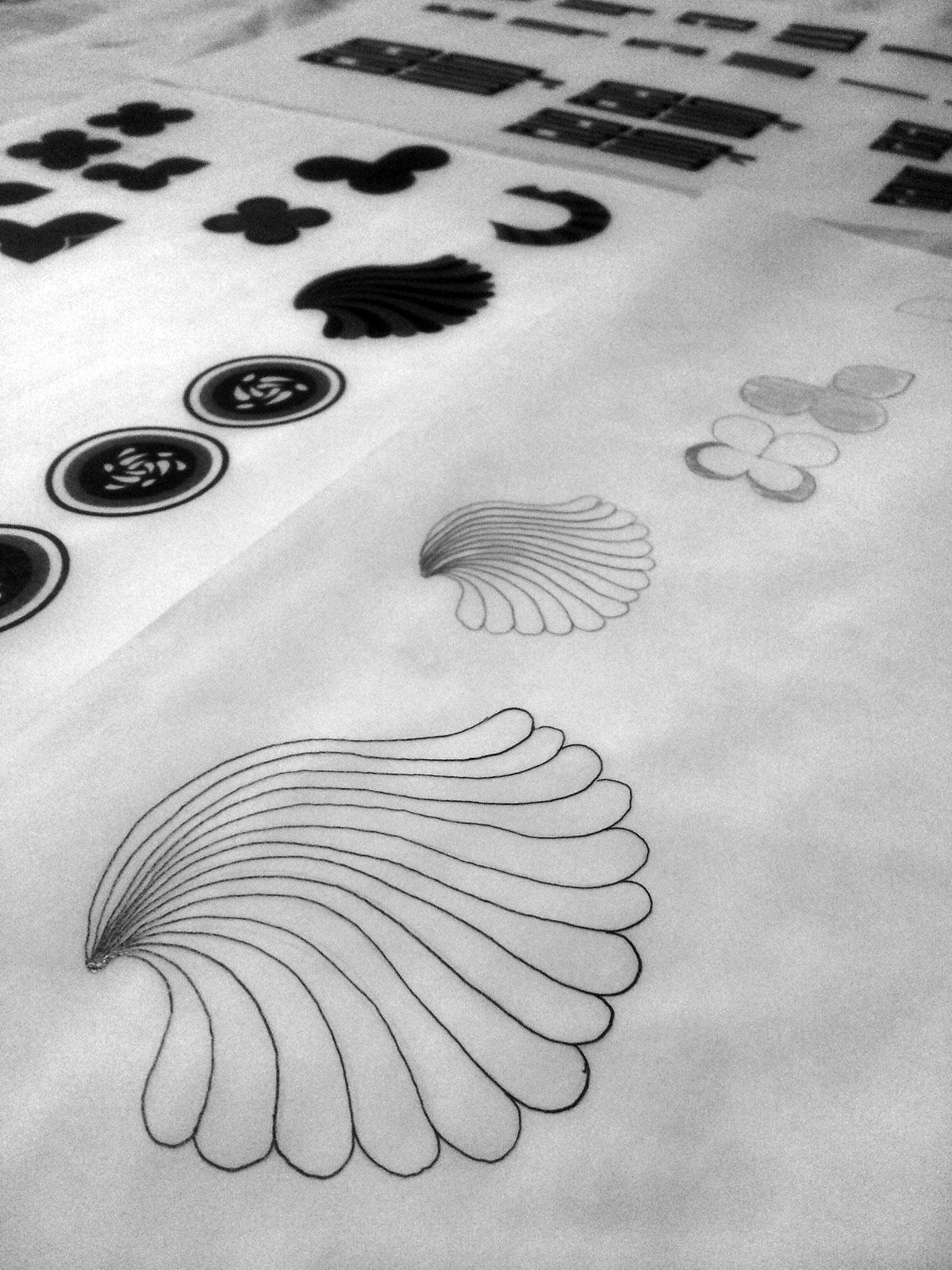
Sketches
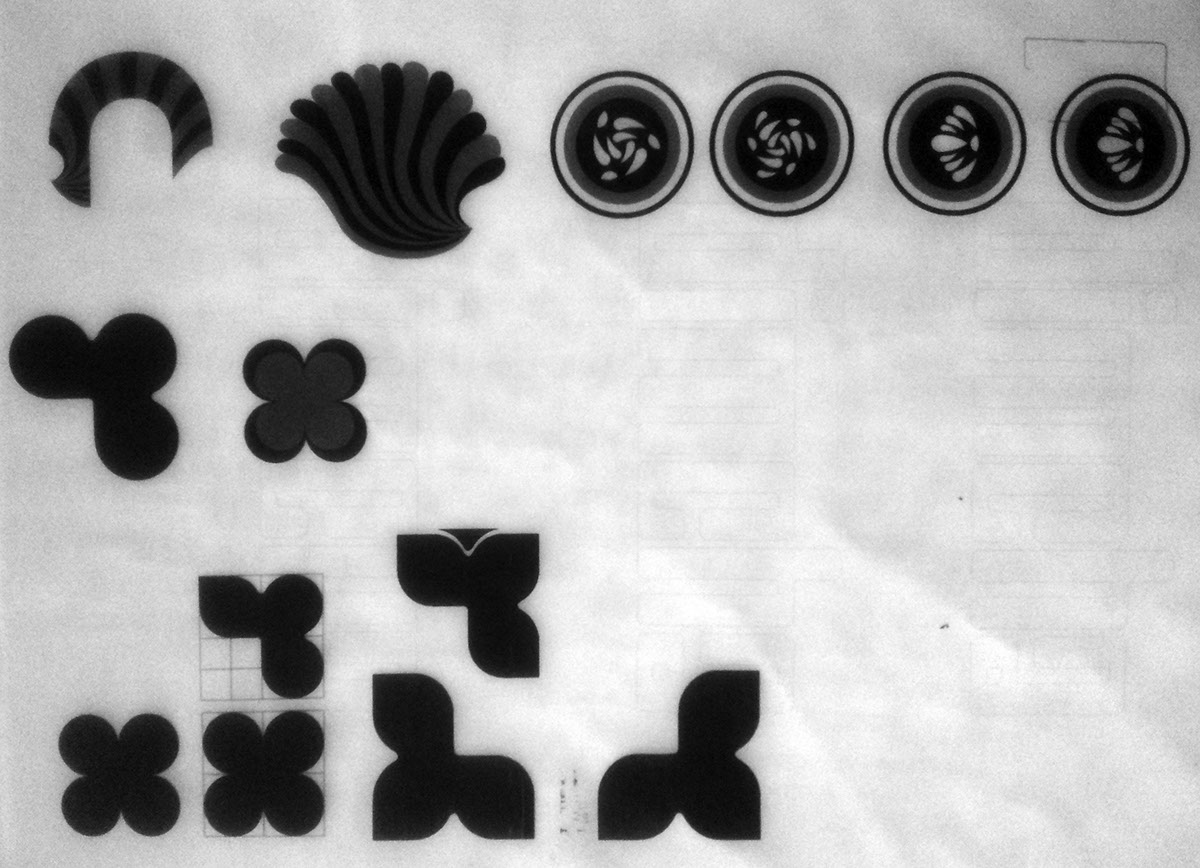
Sketches
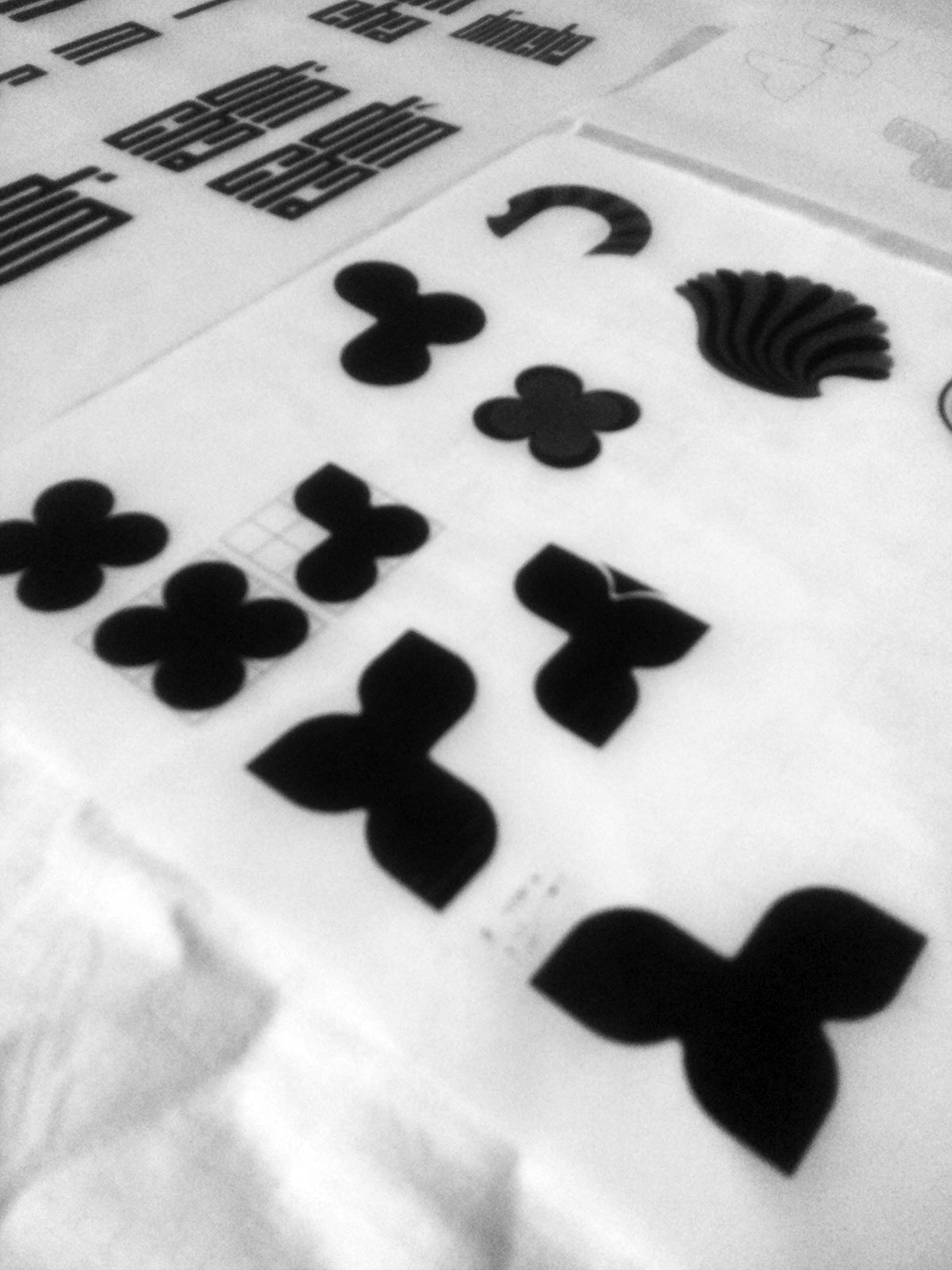
Sketches
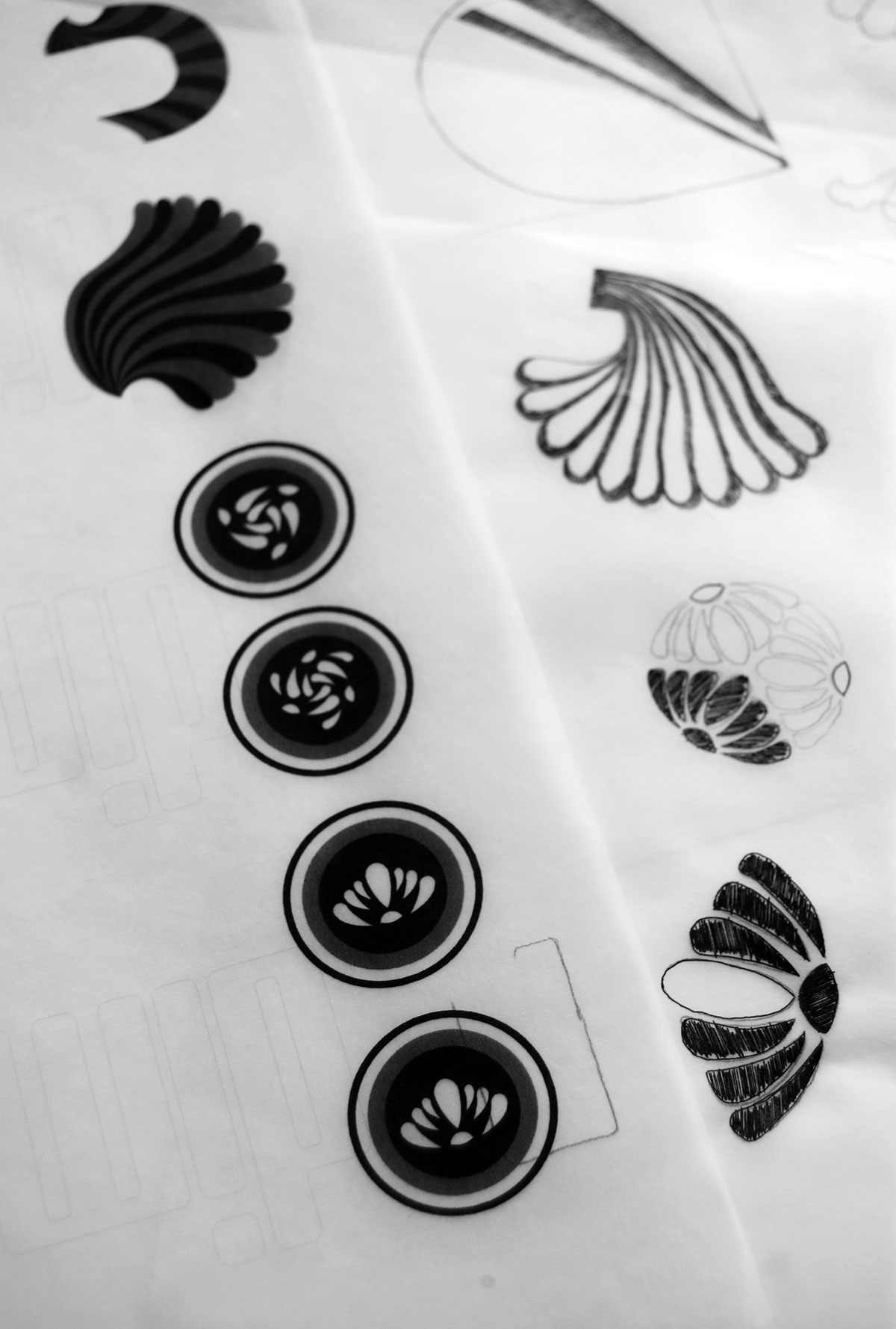
Sketches

Sketches

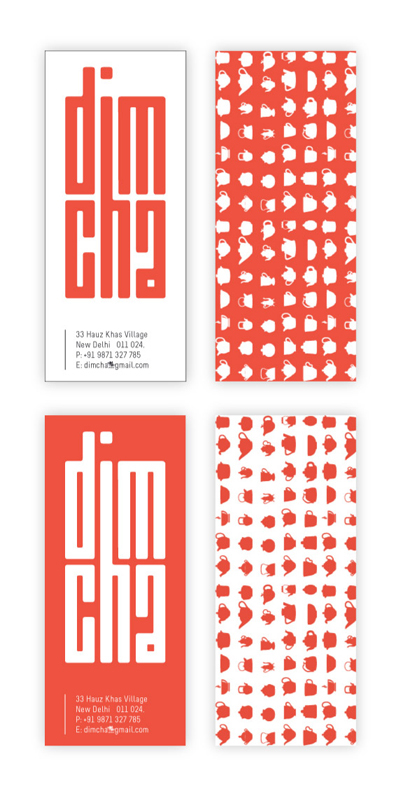
Business card

Letterhead

Stationery
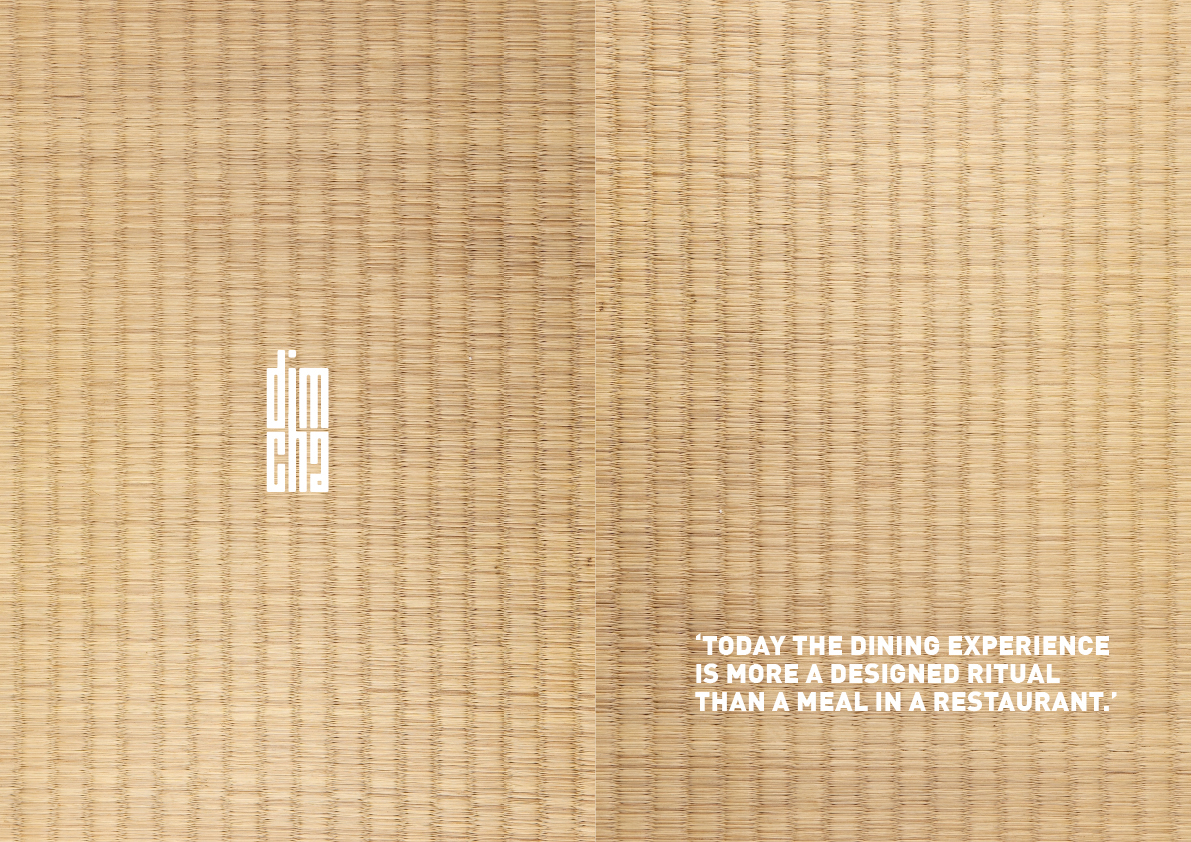

Invite

Tea Bags

Note Books

Note Books
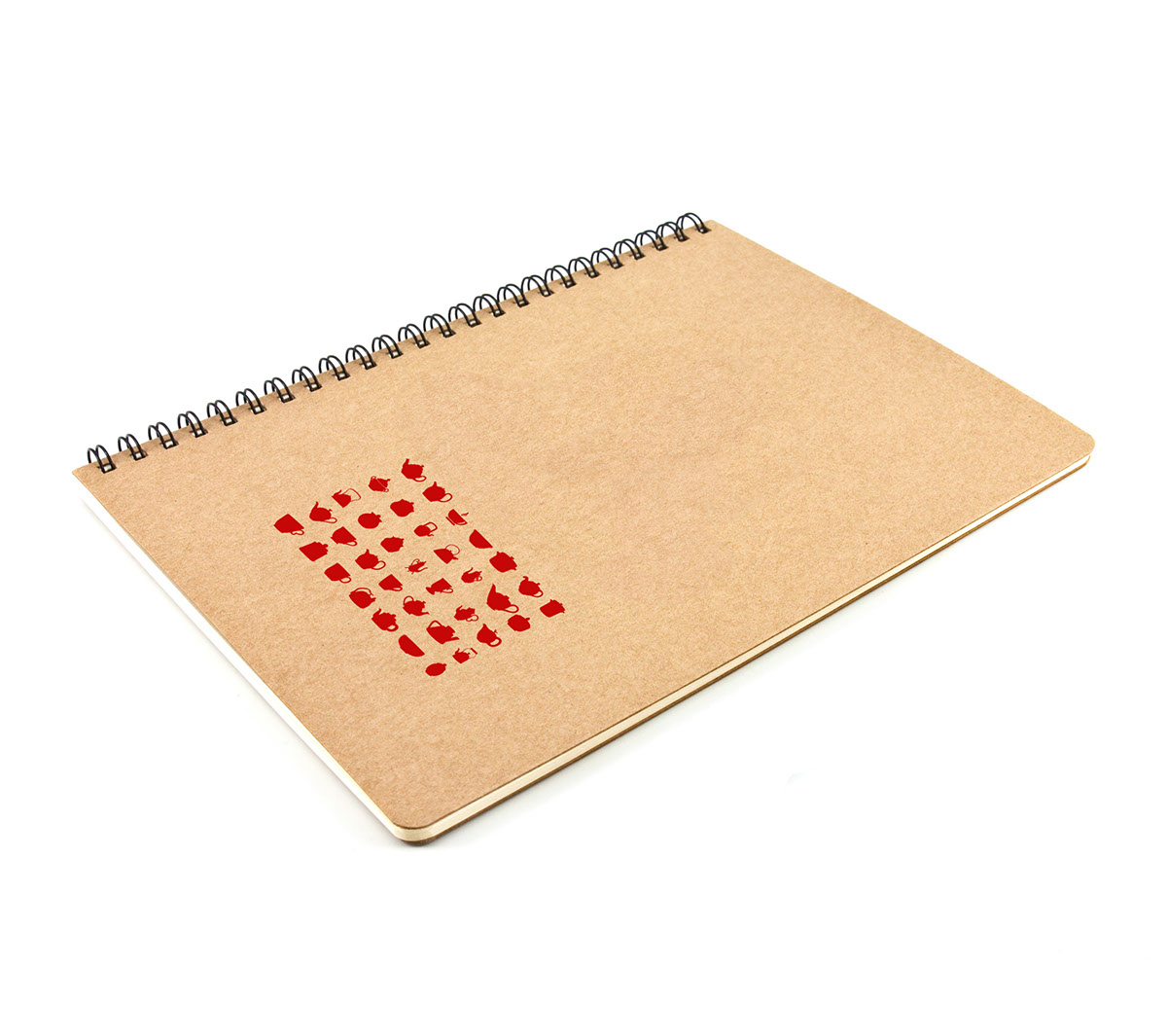
Note Books

Note Books
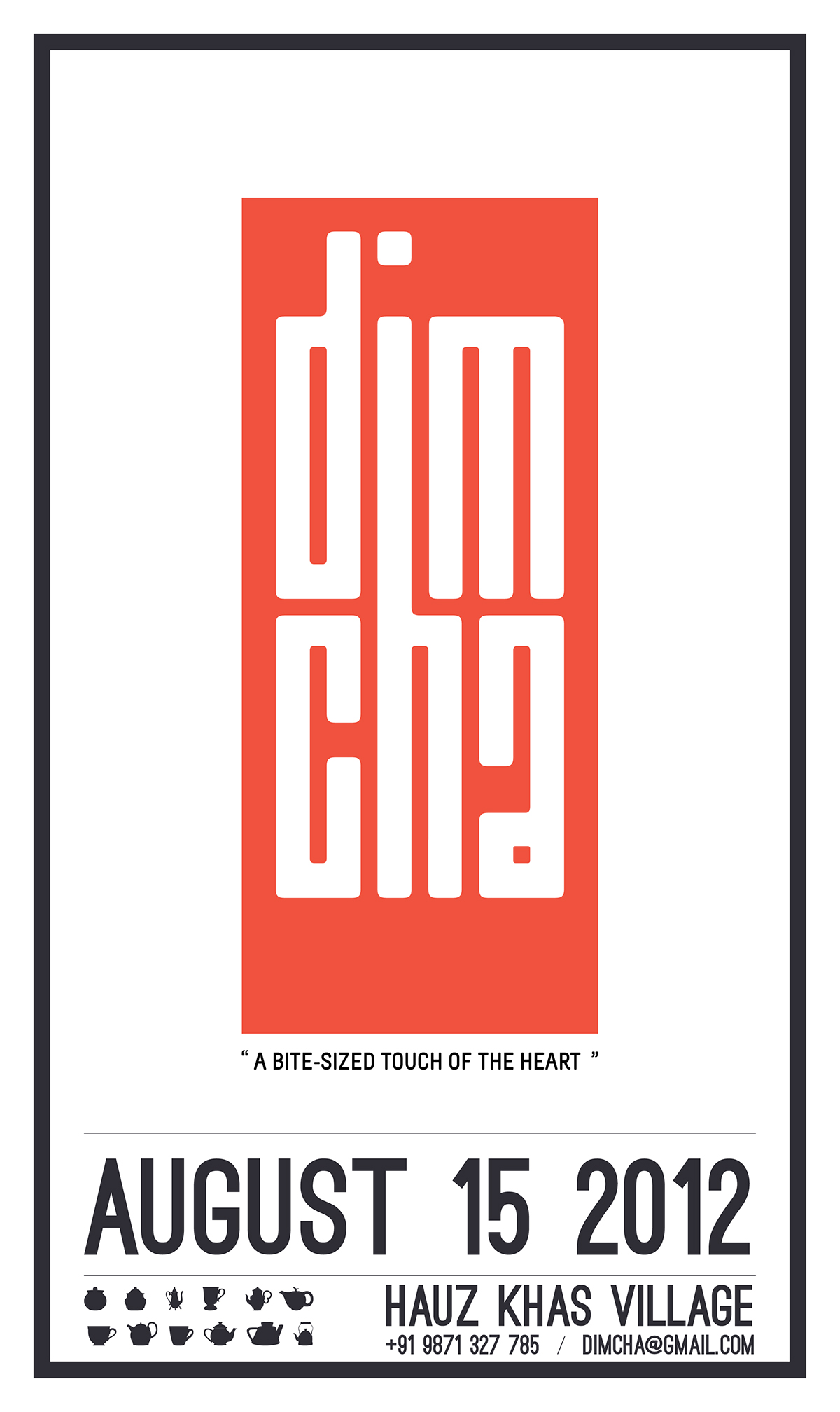
Release Posters
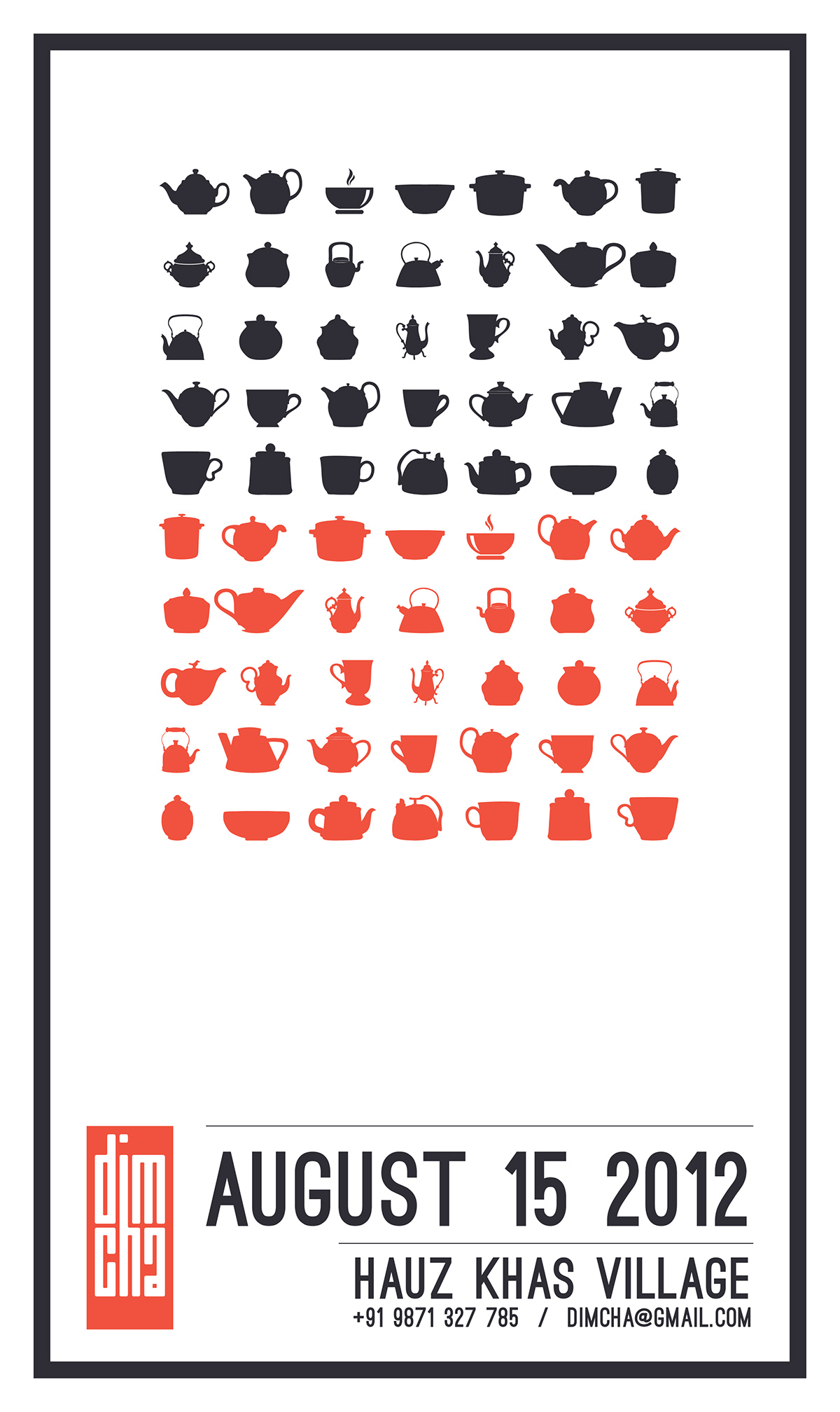
Release Posters

Release Posters

Release Posters

Promotional Poster


Promotional Poster
Menu
Menu
Menu
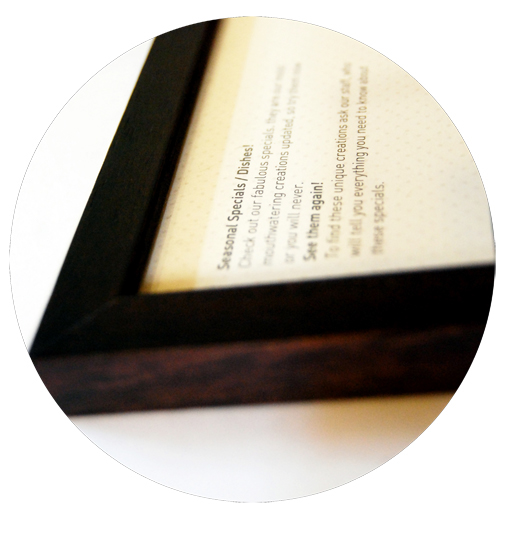
Menu with teak wood frame


Mugs
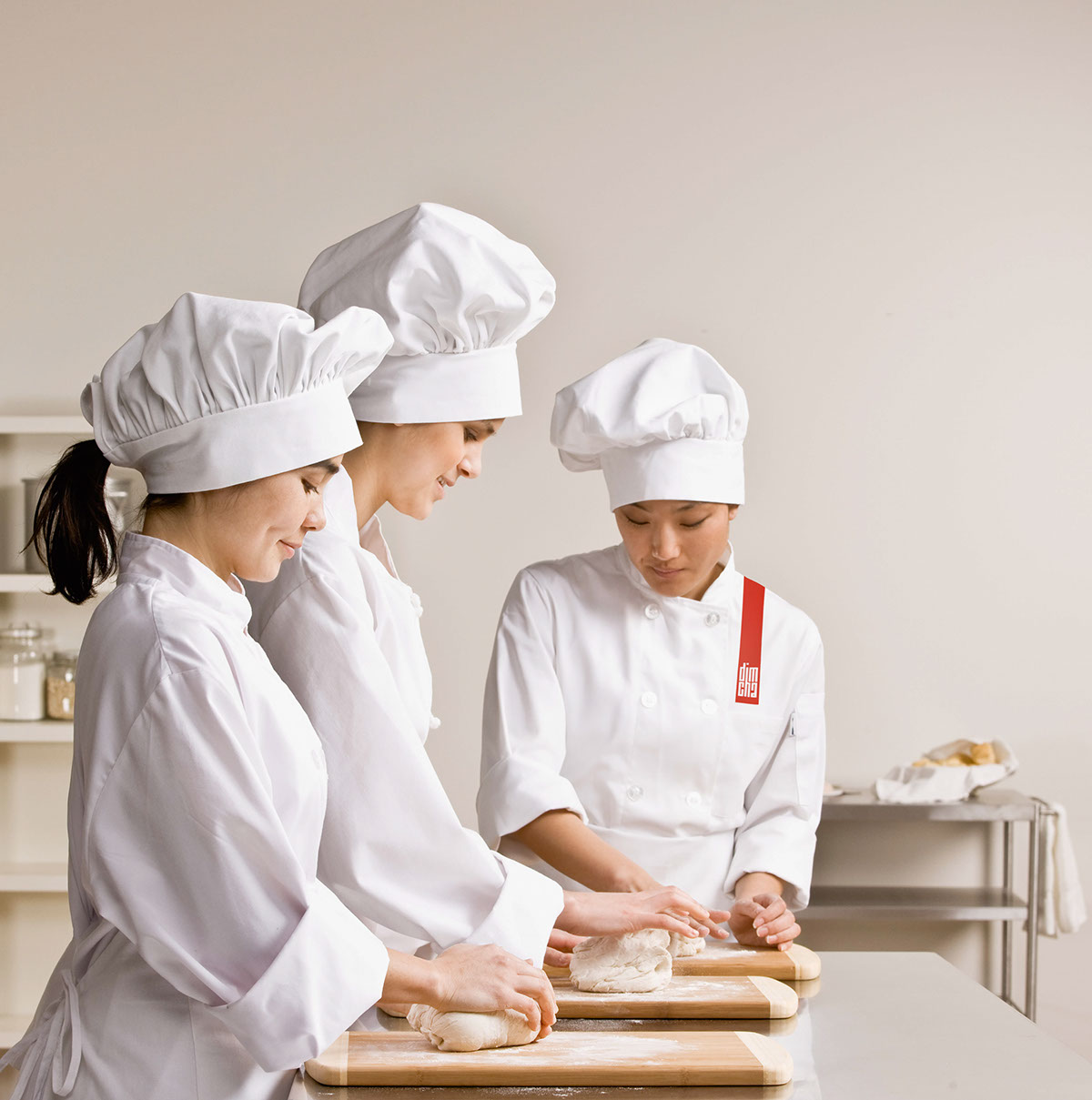
Uniform

Uniform

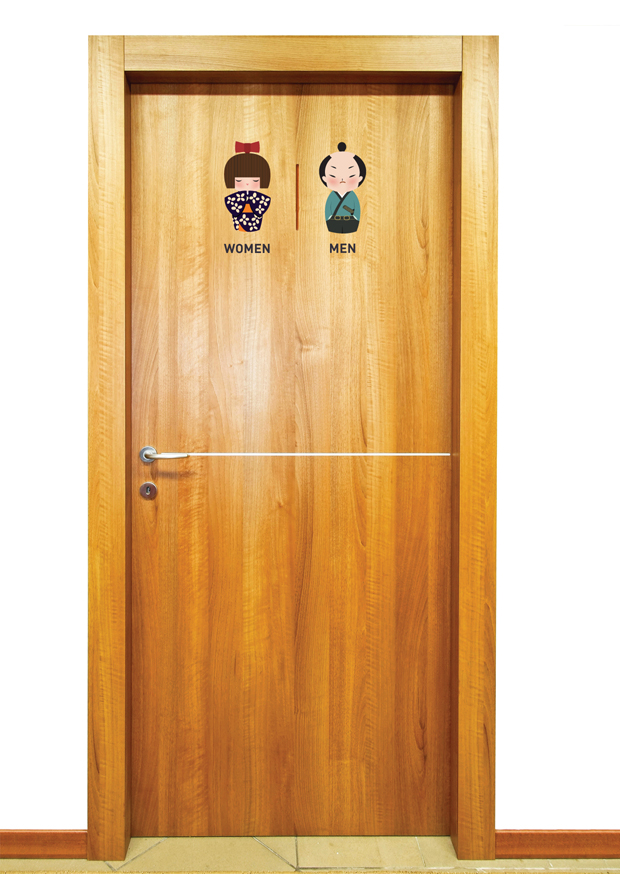
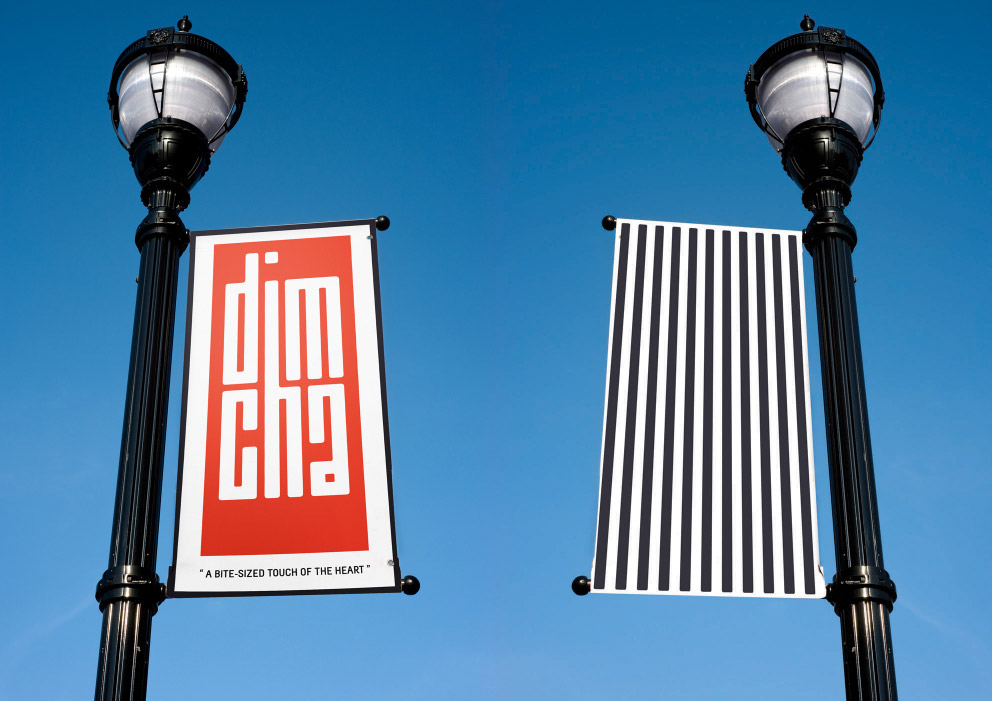
Lamppost Signage
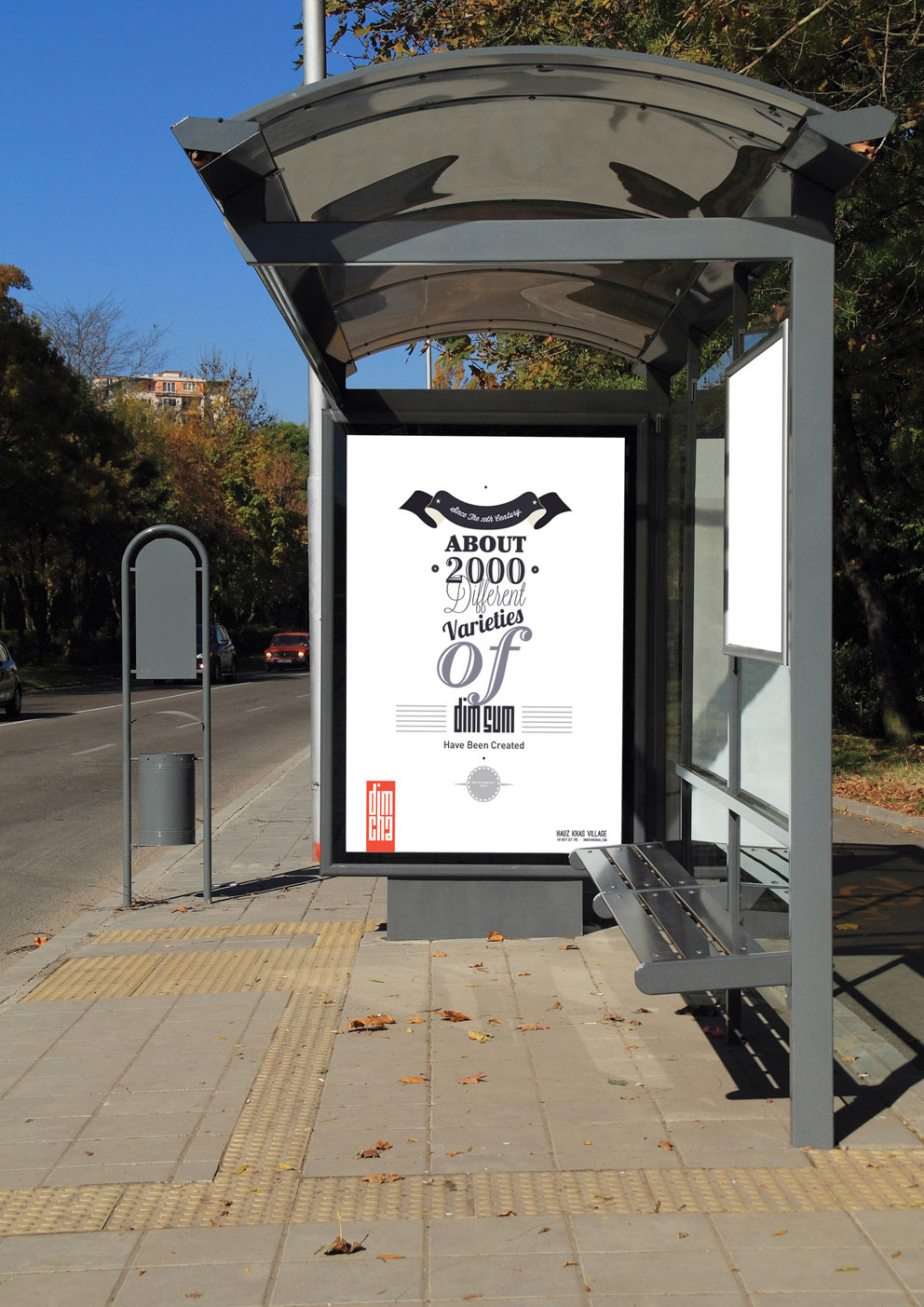
Public Display Poster

Public Display Poster

Bodhi - Display Font For Dimcha Cafe & Restaurant
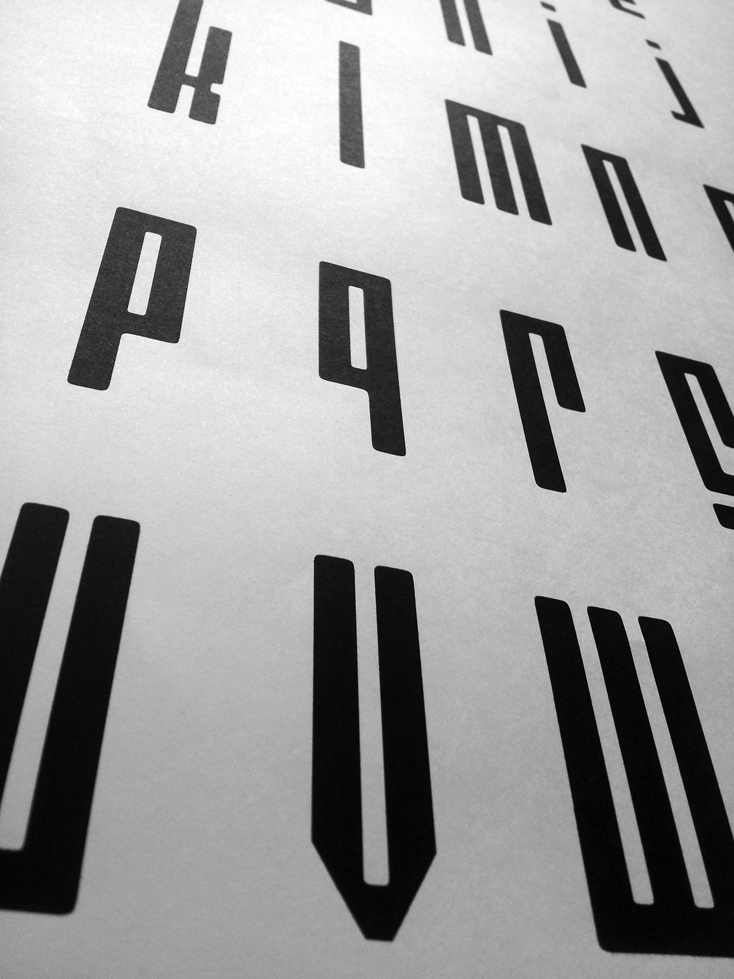
Bodhi - Display Font For Dimcha Cafe & Restaurant

Bodhi - Display Font For Dimcha Cafe & Restaurant

Bodhi - Display Font For Dimcha Cafe & Restaurant
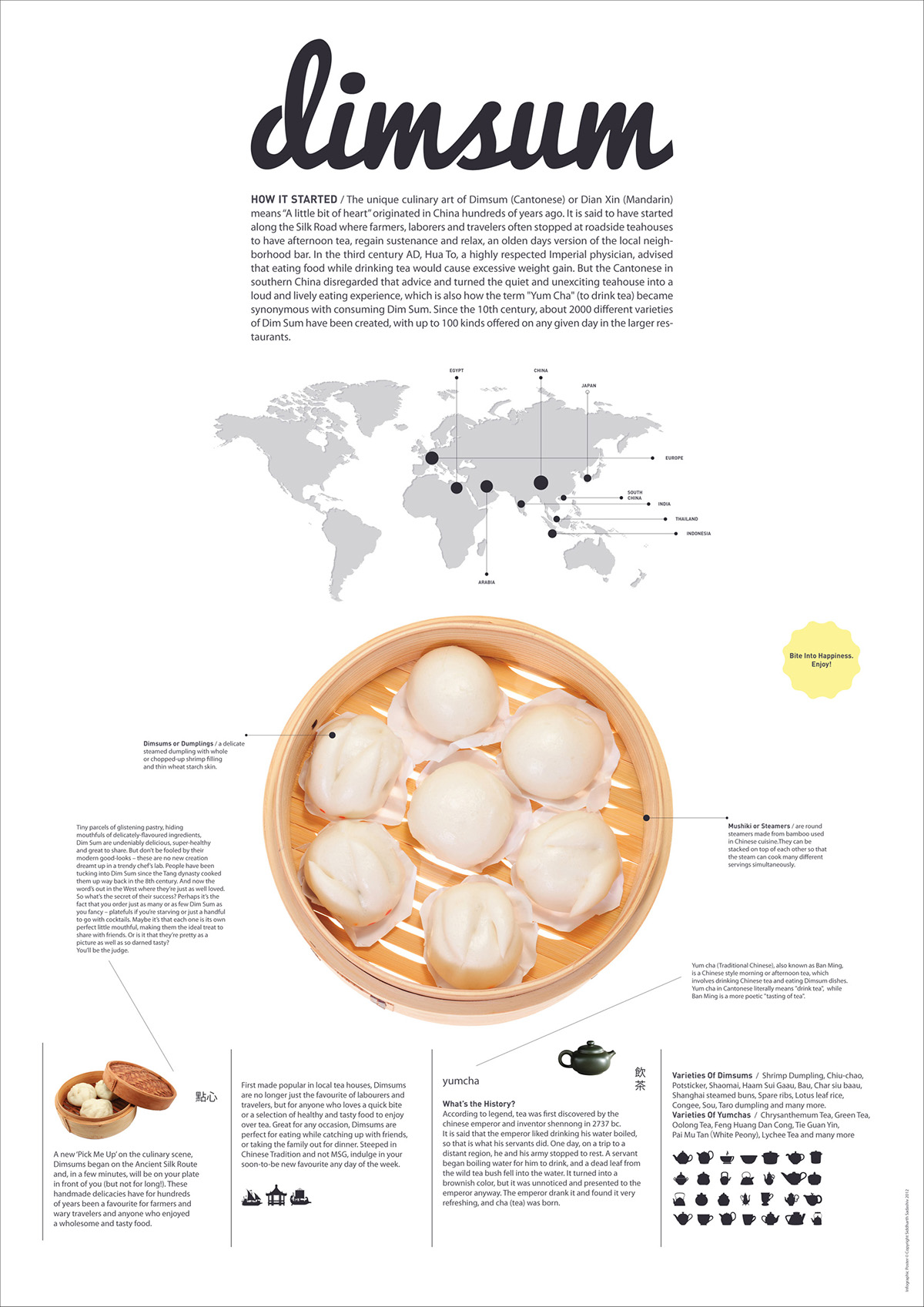
Info graphic Poster
